SUMMARY
This is AI generated summarization, which may have errors. For context, always refer to the full article.
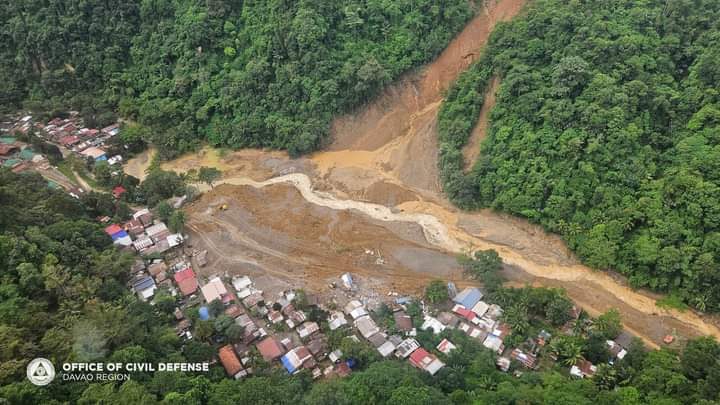
MANILA, Philippines – Rainfall in Mindanao surged by 50%, compared to pre-industrial climate, a team of scientists from the World Weather Attribution found in a recent study.
Researchers from the UP Resilience Institute (UPRI) and the Manila Observatory, along with those from the United Kingdom, Netherlands, United States, and Switzerland, assessed the 5-day maximum rainfall during December to February.
On February 6, a landslide occurred in barangay Masara in the gold mining town of Maco, Davao de Oro, killing at least 98 people and devastating homes of residents. Before the landslide happened, rainfall persisted from January 28 to February 2.
“We find that in today’s climate, a heavy rainfall spell like this is expected with a 10% chance in any given year,” the study read.
Because of climate change, a warmer air can hold more moisture that gets released as rainfall.
“This result is in line with what’s expected from basic climate science. With increasing greenhouse gas emissions, the atmosphere is becoming warmer and able to accumulate more water,” said Sjoukje Philip, researcher at the Royal Netherlands Meteorological Institute.
It is also important to note that the Philippines is now experiencing strong El Niño, which should mean drier conditions. “Had it not been an El Niño year, we would have expected the rainfall to be more extreme,” scientists said in the study.
Increased risk to disasters
Aside from the 50% increase in rainfall, disasters in Mindanao are exacerbated by loss of nature, poverty, and reliance on climate sensitive livelihoods such as logging and mining, scientists said.
“Increasing people’s exposure and vulnerability to natural hazards such as flooding and landslides, while limiting coping capacity, these factors are likely to have worsened the impacts of the heavy rainfall.”
Maco had been tagged as highly susceptible to landslides according to government’s geohazard maps. Relocation has not yet happened since a similar disaster happened 16 years ago, even when the area was declared a no-build zone. A community remained and a gold mine continued to operate.
Likha Minimo, a geologist who studied the interplay between development and disasters in Mindanao, said that many areas in Mindanao are high-risk and people are usually left with no choice but to stay where they are despite knowing their vulnerability.
“They have nowhere to go within the local government, or no one can offer them a suitable relocation area,” Minimo said in Filipino during a Rappler Talk interview. “When you say suitable, there’s no risk, [and] they also have a livelihood.”
Minimo is the director for knowledge sharing at UPRI.

The geologist said that logging and mining are usually conducted in high-risk locations: in steep slopes, volcanic areas where metals are concentrated, or near fault lines.
The study noted that deforestation from logging, mining, and conversion of agricultural lands in the Davao and Caraga regions have intensified since the 1950s. “Deforestation negatively impacts natural water cycles and soil stability, which can increase surface runoff, ultimately aggravating the risk of landslides and floods.”
In interactions with locals and officials in Mindanao for a separate study they conducted in 2018, Minimo said they found there was a lack of prioritizing land-use planning. This is a glaring problem, as the land-use plan is the basis for the zoning ordinance, which will then guide people where they can or cannot build homes.
Another problem is that some zoning ordinances are not updated to adhere to guidelines for disaster risk reduction and climate change adaptation.
“Not all zoning ordinances, if they exist, are responsive to multi-hazards,” said Minimo. “The plan and the legislation are probably outdated. [W]e saw that as one of the main problems in Mindanao.”
Mitigating disasters in Mindanao
The authors of the study recommended the maintenance of a working early warning system that could help leaders make sound decisions.
If only the available rain gauges and automated weather stations in the region were working, more information would have been available to decision makers to enforce preemptive evacuations,” the study said.
“It is critical that both early warning systems and assessment of landslide-prone areas are improved to avoid similar disasters in the future,” said Richard Ybañez, UPRI chief science research specialist.
Aside from the necessary technology, governments should invest in people with the technical expertise, said Minimo.
“We need to invest in people,” said Minimo. “On people who will interpret the data, on people who will reach out to the communities to explain the risks as well.” – Rappler.com
Add a comment
How does this make you feel?









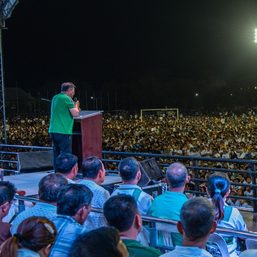
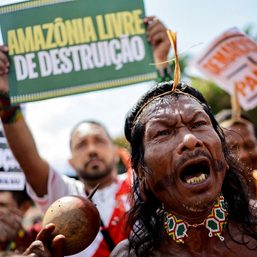
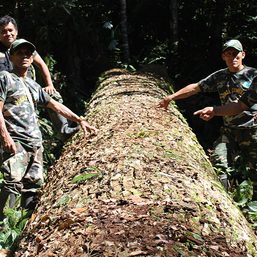
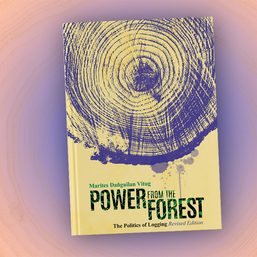
















![[Rappler Investigates] POGOs no-go as Typhoon Carina exits](https://www.rappler.com/tachyon/2024/07/newsletter-graphics-carina-pogo.jpg?resize=257%2C257&crop=424px%2C0px%2C1080px%2C1080px)


There are no comments yet. Add your comment to start the conversation.